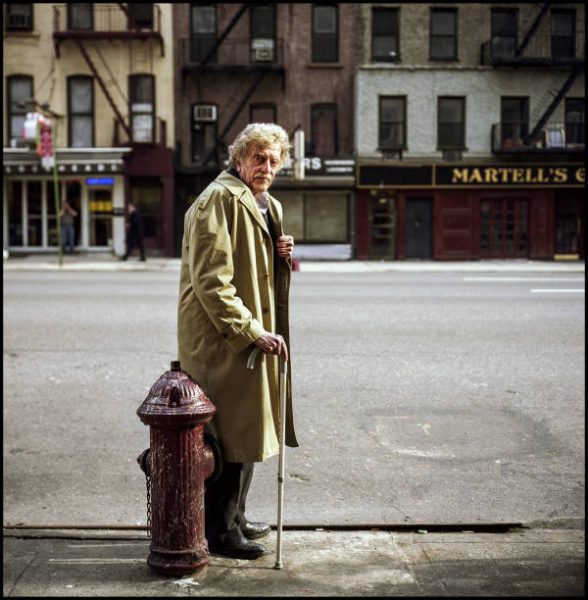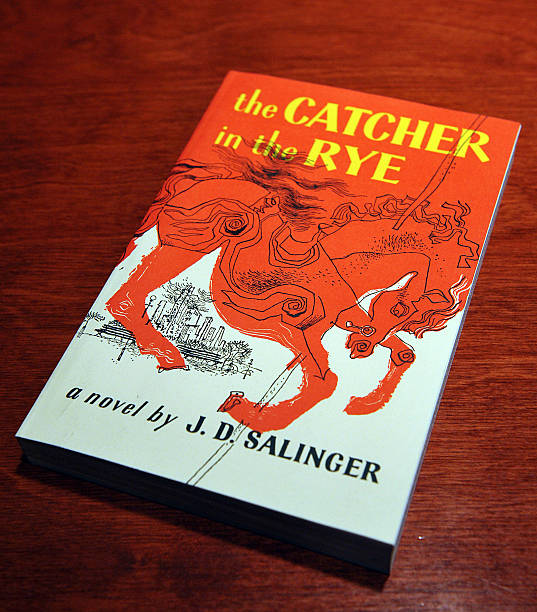
Slaughterhouse-Five, or The Children’s Crusade, is a contemporary classic by Kurt Vonnegut. Slaughterhouse-Five has been challenged- since the early 1970s for its graphic language, violence, and explicit sexual imagery. In 1973, school board members of Drake High School went as far as to burn 32 copies of Slaughterhouse-Five. Considering this, does the book warrant what it’s sustained all these years?
For better understanding, the story is in a nonlinear structure and told in third-person-omniscient with interruptions from a first-person narrator- appearing to be Vonnegut- attempting to come to terms with his own experience in World War ll through the fictitious world he creates for the protagonist, Billy Pilgrim. Vonnegut lived through some of what Pilgrim endured throughout the story, like the Dresden Bombings. Vonnegut, however, does not live through all of what Pilgrim has, where Pilgrim is “unstuck in time,” transferring between the present and the past without control of his movements. Through this- the postmodern characteristic of metafiction is applied, as Vonnegut emits himself into the story- combining a mixture of fact and fiction. Vonnegut puts it best when he states in the first line of the first chapter that he narrates, “All this happened, more or less,” and in the second line, “The war parts, anyway, are pretty much true.” Vonnegut’s wording creates a sense of ambiguity, leading the reader to a skeptical standpoint of what is true, even with what they already know is true.
Billy Pilgrim’s life is seemingly ordinary when he is a World War II soldier in Dresden, Germany. Then, a prisoner of war going on the unmanageable journey, to and fro, from his birth in Ilium, New York- to his life held hostage on the distant planet- Tralfamadore- back to the 1945 bombings of Dresden. All this is to escape reality and survive the war by coming “unstuck in time” and traveling through time.
Much of the story mirrors what Vonnegut experienced in his own life- both factually and in a fictional world. The book can be hard to grasp because of its jumps in chronological events. That doesn’t mean it’s impossible to understand. What Vonnegut writes about can help many people come to terms with things he came to terms with when making this book- even if it’s not in the realm of one’s personal experience or time.

